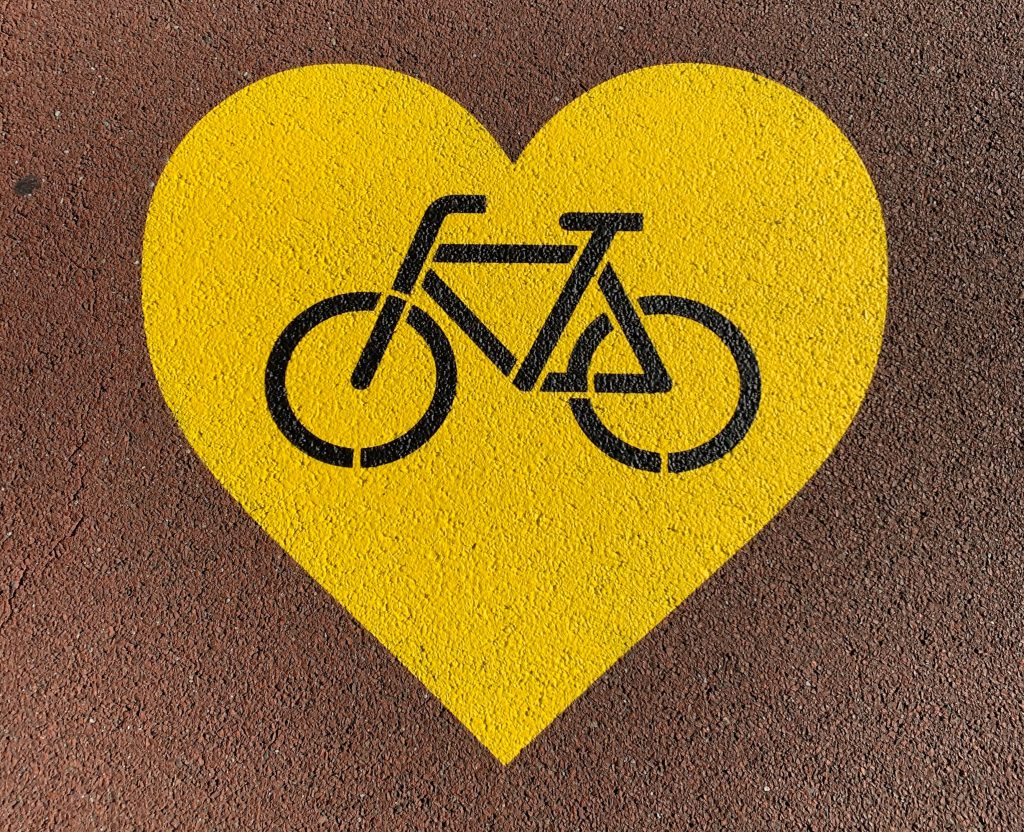Through collaboration and innovation, people of all industries are constantly looking to equip our daily life with more sustainable solutions. This can be accomplished by taking an existing process and making it more sustainable or by substituting entire practices with more sustainable ones.
When it comes to changing or redefining processes that have an influence on many people at once, certain challenges can arise.
Oftentimes sustainable progress in cities is associated with smart elements and sensorial data collection but one very important ingredient in increasing sustainable living within a city is the change of behaviour from the citizens themselves.
There are only so many external solutions to decrease the CO2 emissions in a city, decrease pollution on land and water and fight for equality that can be done but if the internal behaviour and the incorporated actions stride in the complete opposite direction, all technological approaches will be fruitless.
The Power of Habit
The thing about changing behavior is, that once it is incorporated into a human being through repetition, it becomes a habit – and when it becomes a habit, it is difficult to change since all tasks associated with this behavior are conducted subconsciously. This means that we often do not even know we are doing certain things, since our brain switches to autopilot. And substituting a habitual practice with something more sustainable is not easy.

Habits form out of repetition but are also given to every human being from the moment we are born through culture, upbringing, social class, education, and social mannerisms. All these attributes form and shape culture and oftentimes these blueprints are hard to overwrite with something new.
However, making citizens behave in a more sustainable way can be achieved through information, interaction, and infrastructure.
Through information, citizens are being made aware of why old practices are in need of a paint job, while through interaction, they are actively encouraged to come up with solutions for the change. The infrastructure needs to be provided by the government, so the new practice can be implemented and routinized as easily as possible.
These steps have been to implement sustainable practices by using WeSolve to gain information, become aware of the situation, create the infrastructure together with the city, and take ownership of the new practices.
WeSolve and Sustainable Behavior Change
As it has been established, changing citizens’ behavior towards more sustainable practices is not easy. But exactly this has been accomplished within the city of Logroño in terms of using the WeSolve framework to promote micro-mobility in the city and attain a switch from fossil-fueled vehicles as the number one mode of transportation towards cycling. The application gave citizens the possibility to participate in the co-creation process with the city and its endeavors and to take ownership of their ideas and a process of change.

In the three months of this project, three engagement rounds have been conducted which focused on different aspects of cycling such as new routes, parking, safety measures, and improvement of existing bike lanes, and over 1000 citizens shared their experience.
How the change of behavior in the case of Logroño through using the community engagement platform WeSolve made citizens act more sustainable, is being shown through the three pillars information, infrastructure, and interaction.
Information: Firstly citizens are aware through the common discourse in the world towards more sustainability in basically all areas of life but furthermore, in the case of this project, WeSolve and the news feature have been used specifically to share information about cycling, health, and carbon emissions to the citizens. This is necessary to make people aware of the issue, while simultaneously providing cycling as a solution. By continuously providing information throughout the entirety of this project, people are becoming more and more aware of the consequences of car usage within the metropolitan area.
Infrastructure: To be able to swap a car for a bicycle requires not only a change in behavior but also a coherent biking infrastructure within the city of Logroño, meaning that people can easily commute from A to B at any time of the day comfortably and safely without being at high risk for accidents. The city of Copenhagen is a great example of having a fantastic micro-mobility infrastructure, as biking is a huge part of the Danish culture and identity, not every city is able to develop biking highways for themselves and the development takes time but is of great necessity when promoting cycling as a safe and sustainable alternative.
Interaction: The third pillar focuses on the interaction between the municipality and the citizens for the purpose of co-creation. Through mutual interaction and engagement through the WeSolve platform, the municipalities could collect valuable data in terms of demographics, age groups, workplaces, biking times, and more. For the citizens on the other hand, this idea of using the bike became meaningful as they were now able to co-create the biking infrastructure, most adjusted to their personal needs. Receiving news about cycling and now even being able to share suggestions and ideas on what they need within the cities while being rewarded for that through the WeSolve app, placed a completely different value on the idea of cycling. The community engagement to proactively create their own city resulted in the citizens taking ownership of the project but also ownership of the idea of cycling.
It becomes clear that sustainable change does not only need to come from the outside but also internally through every single one of us. Habits and ways of doing are defined by our culture, upbringing, beliefs, and more, and especially in a city where many cultures share one place of living, it can be difficult to change social practices.
But through the right approach and mutual co-creation, it is possible to not eradicate them but turn them into more sustainable outcomes.
Get engaged with your citizens today and archive the same.
With WeSolve – solve the future.
Together.